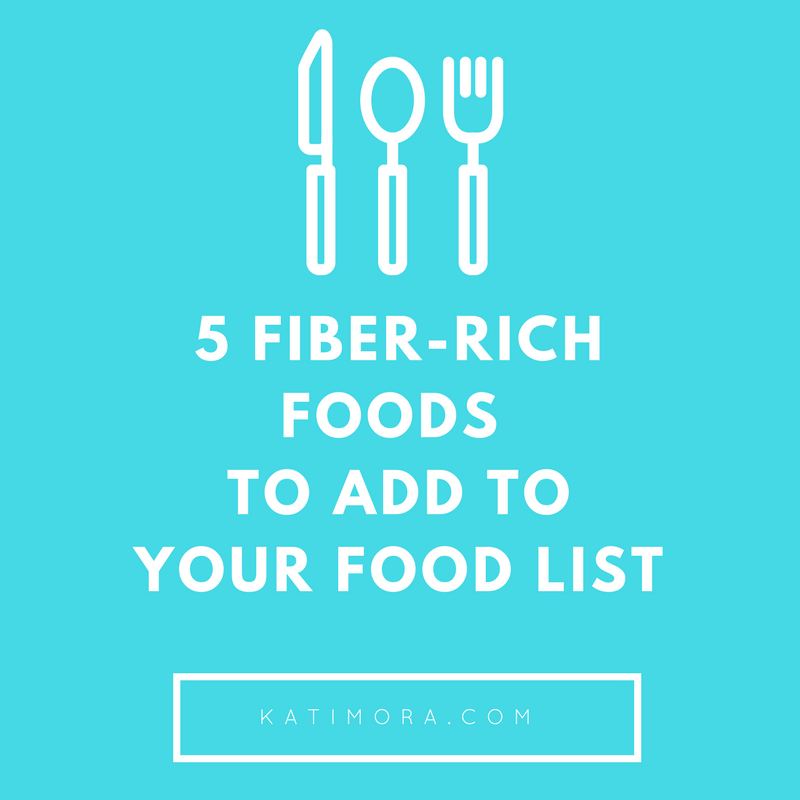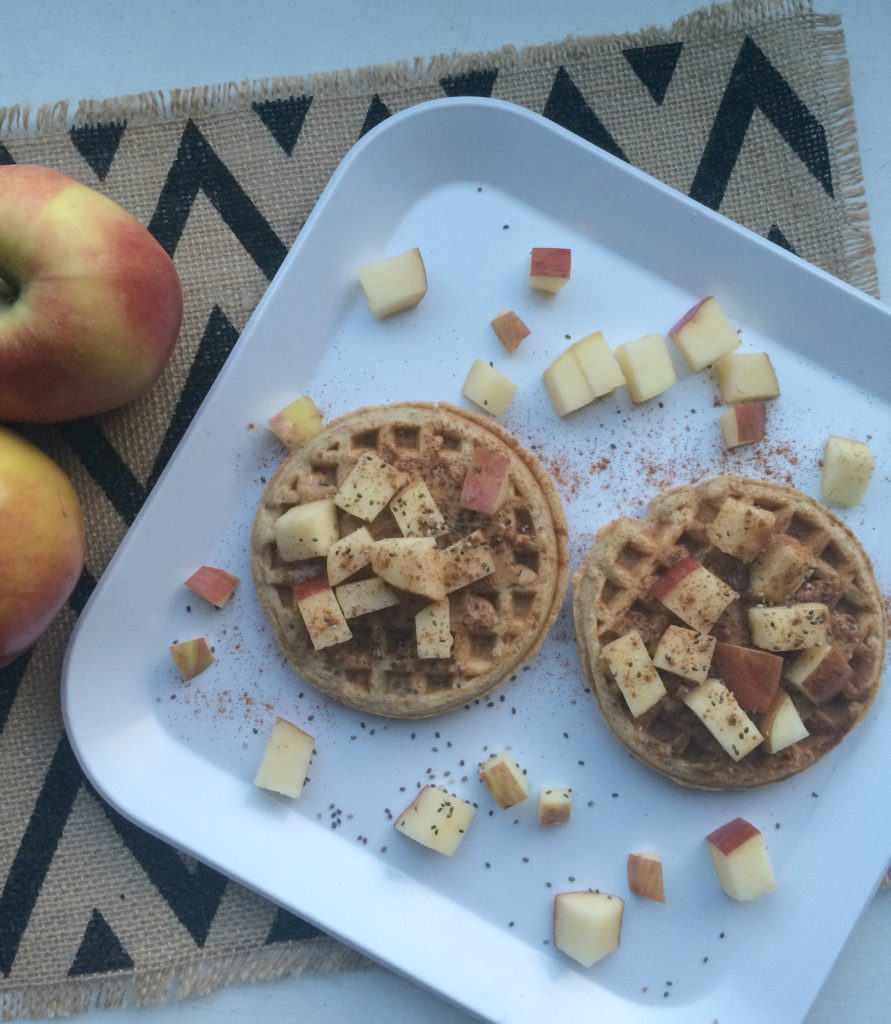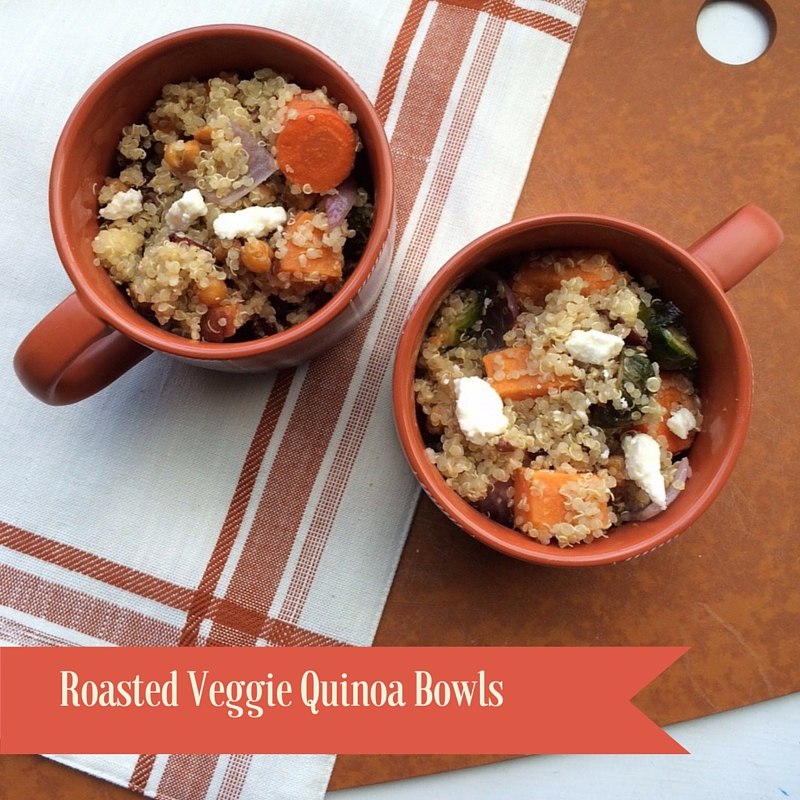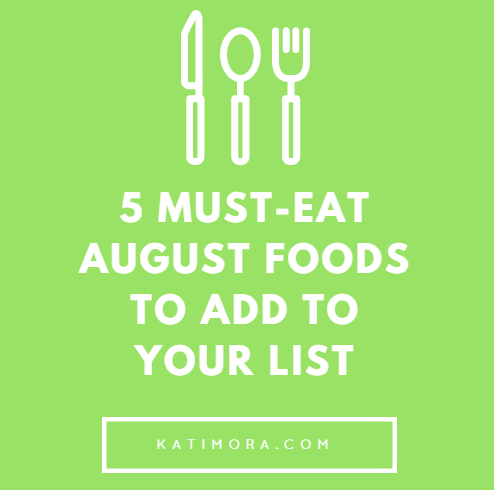Snacking may not seem like a very controversial topic, but in the world of nutrition it can be a rather divisive topic. That’s because “snacking” doesn’t necessarily always look the same for each individual. Some people may find that they graze on snacks throughout the day while others may classify a snack as an opportunity to respond to hunger.
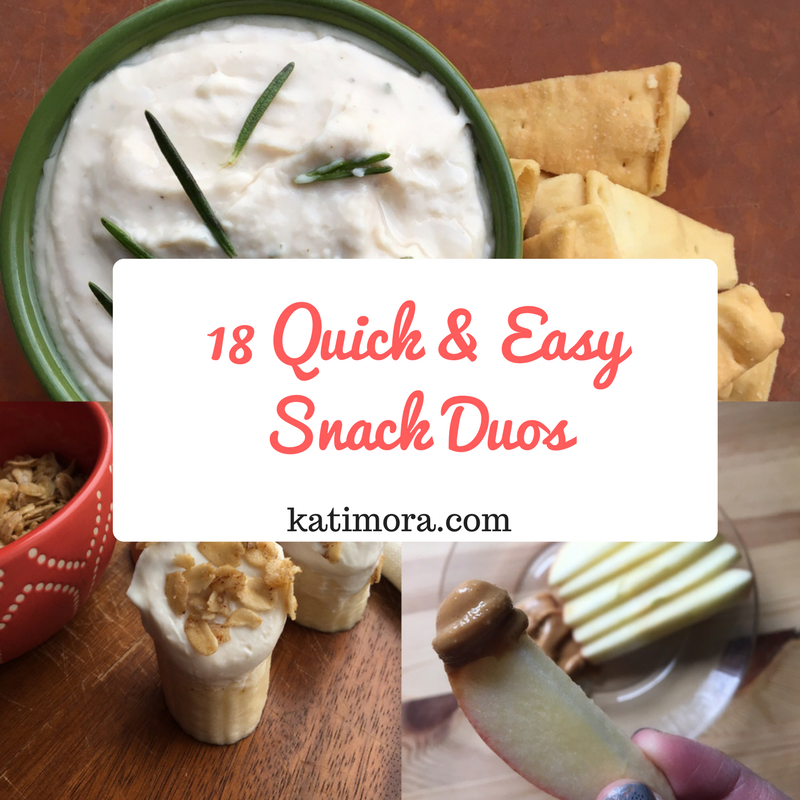
How do I feel about snacks? I believe that snacking can support your health; however, a snack should be something that supports your meal structure, not serve as a replacement for meals or as an opportunity to indulge on foods you wouldn’t necessarily include into a regular meal. In fact, snacks are kind of like mini-meals, continuing to be rooted in your basic food groups with the desire to satisfy hunger.
Meals provide opportunity for you to nourish yourself. To make the most of these opportunities, you want to make sure you are ready to eat at meals, but aren’t overly hungry. This is where snacking can play an important role. If hunger strikes in between meals, you should respond to it. Just like with meals, you want to utilize this opportunity to provide your body with what it needs. To do so, you may find it helpful to pair up two foods from different food groups to create a satisfying and sustaining snack.
If you aren’t quite sure what foods pair well together for snack time, here are eighteen of my favorites you might enjoy as well. Keep in mind that this isn’t an end-all-be-all kind of list. It’s just a starting point for you and your family.
18 Food Pairings Perfect for Snack Time
- Apples and peanut butter
- Clementines and string cheese
- Banana and yogurt
- Almonds and dried cranberries
- Cottage cheese and pepper strips
- Carrots and guacamole
- Whole wheat crackers and tuna
- Rice cake with strawberry slices and peanut butter
- English muffin topped with tomato and mashed avocado
- Tomato topped with mozzarella
- Applesauce and vanilla wafers
- A slice of whole wheat bread and peanut butter
- Homemade trail mix – raisins, peanuts and whole grain cereal
- Figs and cashews
- Whole grain waffle with cream cheese and blueberries
- Cheese cubes with pear slices
- Whole wheat tortilla with beans and salsa
- Whole wheat pita chips with hummus

